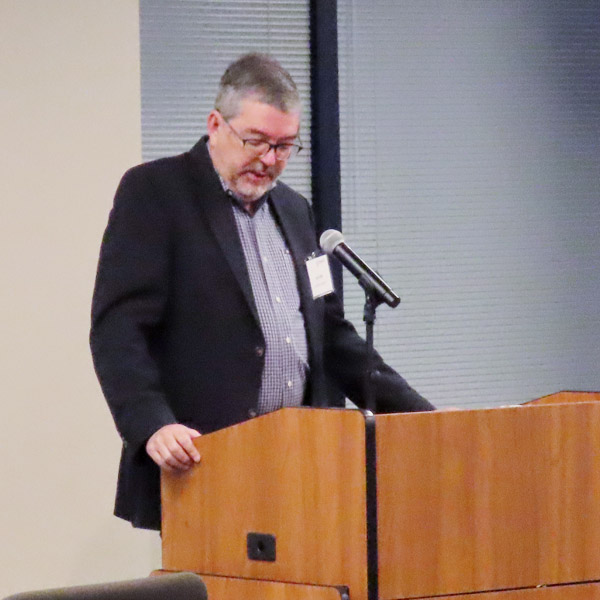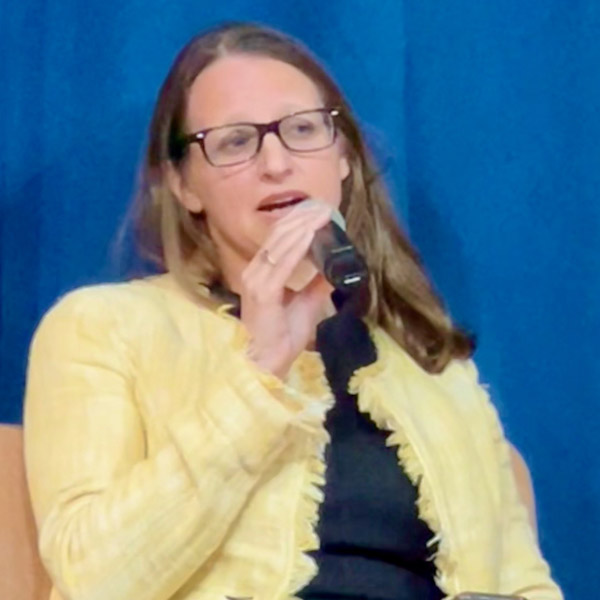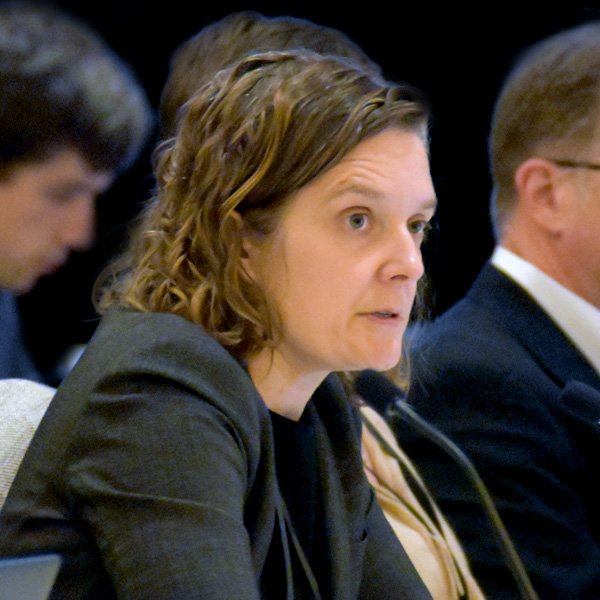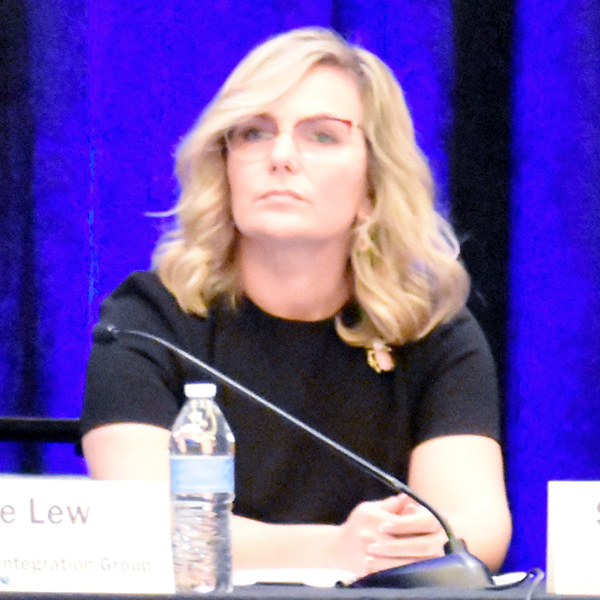An ambitious but pragmatic agreement among solar developers, conservation and agricultural groups, and environmental and environmental justice organizations could help accelerate a massive deployment of large-scale solar projects across the country by prioritizing climate action, land conservation and community involvement.
Those “3Cs” — climate, conservation and community — lie at the core of the 15-page agreement announced Thursday by Stanford University’s Woods Institute for the Environment, the Solar Energy Industries Association (SEIA) and The Nature Conservancy.
With 21 other organizations signing on, the agreement defines “large-scale” solar as projects of “megawatt or gigawatt scale” that are interconnected to the distribution or transmission grid. But, according to Stanford energy scholar Dan Reicher, “we have not defined a specific cutoff” for project size.
“The size of these projects has been growing a lot,” he said. “The bigger the project, the more rancor about it in the community.”
“Major U.S. solar projects are critical to fighting climate change but are increasingly opposed across the nation due to significant community and land concerns,” Reicher said.
“Every megawatt of large-scale solar capacity installed typically requires between five and ten acres of land and frequently necessitates additional development of new transmission capacity … requiring substantial additional land,” the agreement says.
Citing figures from the Department of Energy, the agreement notes that reaching the U.S. net zero goal by 2050 will require solar deployments to jump fivefold by 2033. Building out that much solar will “occupy about 0.5%-0.6% of the land surface of the contiguous United States, roughly 10 million acres,” the agreement says.
While that acreage is relatively small compared to the country’s 246 million acres of legally protected conservation land, the agreement says, “there is no such thing as an impact-free energy development. … it is anticipated that utility-scale solar and its potential impacts will not be uniformly distributed across the country.”
To balance the imperatives of the 3Cs, the agreement says, development of large-scale solar projects must be “transparent, equitable and efficient” and acknowledge that tradeoffs will be required.
The Working Groups
Negotiating those tradeoffs will be the task of the agreement’s six working groups, each focused on a vital industry issue: community and stakeholder engagement, siting, energy and agricultural technologies, information tools, tribal nations and policy.
Community and stakeholder engagement tops the list for a reason. The agreement notes the solar industry does not have a single approach to large-scale project development or business models, and some developers “may not prioritize or be compensated for robust community engagement.”
Charles Callaway, director of workforce development for WE ACT for Environmental Justice, a New York City nonprofit, said some solar contractors ensure local subcontractors get work, while others say they will make a “good faith” effort but bring in workers from outside.
Callaway’s top priority for signing WE ACT onto the agreement is to ensure developers have “a sustainable community benefit agreement that is tied to the solar project, and [provides] long-term benefits that can actually help the community that helped build the project,” he said. “Making sure the resources go to the community … monetarily and also energy wise.”
Any tradeoffs on community benefits will have to be made on a case-by-case basis, he said.
The agreement details a list of priorities for each working group to address. The community engagement group will draft best practices for identifying key community stakeholders and groups and track the timing and focus of developers’ community engagement efforts. Deliverables will include a checklist for community and stakeholder engagement, as well as a process for ensuring it is followed.
Abigail Ross Hopper, CEO of SEIA, said community engagement is critical for solar industry growth. “We’re confident that by thoughtfully addressing stakeholder concerns from the start, we’ll be able to deliver the equitable clean energy future we need to see.”
Nature Conservancy CEO Jen Morris said accelerating solar deployment means going smart to go fast. “Bringing environmental groups to the table ensures that we strike the right balance, delivering clean energy solutions while safeguarding our precious natural resources and communities.”
How It Happened
The agreement was hammered out in the course of six meetings held over 20 months under the sponsorship of the Woods Institute’s Uncommon Dialogues initiative, which seeks to address critical challenges to sustainability via invitation-only workshops with a cross-section of industry stakeholders and Stanford faculty experts.
Prior to the solar agreement, the Institute led an Uncommon Dialogue on hydropower and river conservation, which scored some major policy wins, including $2.4 billion in the Infrastructure Investment and Jobs Act to implement its October 2020 agreement.
The hydro agreement was focused on 3Rs: rehabilitating or retrofitting the nation’s 90,000 dams or removing ones that no longer provided benefits to society or had safety issues that could not be mitigated.
Hopper provided the original impetus for the solar dialogue, Reicher recalled. Seeing the impact of the hydropower dialogue, particularly the collaboration between the hydropower and river conservation groups, she asked if a similar effort might be made for solar.
The dialogue started its meetings as growing local opposition to solar began to delay or derail hundreds of projects, according to a recent study from Columbia Law School. The report found “at least 228 local restrictions across 35 states, in addition to 9 state-level restrictions, that are so severe that they could have the effect of blocking a renewable energy project.”
The solar dialogue had support from the Department of Energy, with Secretary Jennifer Granholm attending an early meeting, Reicher said. The Agriculture Department and DOE’s Office of Energy Efficiency and Renewable Energy also have been involved.
A major challenge for the solar dialogue was whether and how transmission should be included in the final agreement. The possibility of having a transmission working group was discussed, but ultimately a separate dialogue on transmission siting and cost allocation was launched in July, Reicher said.
According to the final agreement, plans for launching the working groups will be formed over the next four months and additional participants recruited. Reicher said implementation of the hydropower agreement was done in phases based on industry priorities, and he expects the solar working groups could follow the same pattern.



